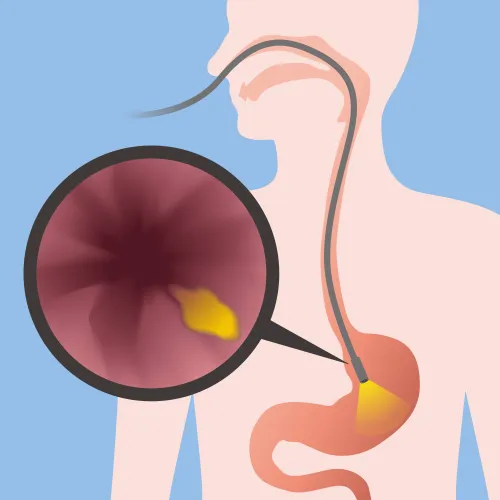Meet These Criteria Before Reporting 31231 With 31575
Question: The otolaryngologist performed endoscopy in our office and reported 31231 and 31575 on the same date of service. Both scopes were for diagnostic purposes. Which code should we report with the E/M service?
Pennsylvania Subscriber
Answer: You must meet certain criteria before you can bill one code over the other for a single visit. For example, the physician’s documentation should state which scope he used and what anatomic site(s) he examined.
Generally, you would submit 31231 (Nasal endoscopy, diagnostic, unilateral or bilateral [separate procedure]) for unilateral or bilateral scopes that evaluate the nasal passages, sinuses, turbinates, middle meatus, and choana when the patient has a nasal/sinus medically necessary diagnosis and complaint. Code 31575 (Laryngoscopy, flexible fiberoptic; diagnostic) represents a scope that passes further down to evaluate the larynx, vocal cords, hypopharynx, base of the tongue, pyriform sinus, and vallecular, and would need a complaint related to those anatomical structures to support the medical necessity. Although 31231 (six non-facility RVUs) has significantly more RVUs than 31575 (3.27 non-facility RVUs), 31231 is a column two code of 31575, meaning that if you bill both together, you will be paid for the lower RVU code, 31575. These two codes and the way NCCI handles them as column one and column two are an exception to most NCCI edits, since most code pairs have the lower RVU code as the column two code.
Since the RVU value for 31231 is higher than 31575, you would rather bill 31231 than 31575. But NCCI says you should be billing the column one code, i.e.: 31575, which has the lower RVU. But one of the overriding factors in deciding what to bill is medical necessity. So, it is recommended that the medical necessity be evaluated to start. If both 31231 and 31575 are performed and you have a diagnosis that can support the medical necessity for a nasal endoscopy (the higher RVU code), the practice is not wrong for billing the 31231 with that higher RVU code with the medical necessity diagnosis, i.e., nasal obstruction (J34.89), headaches (R51) and chronic sinusitis, unspecified (J34.8). If the only diagnosis that the provider documents supports looking at the larynx, vocal cords, etc., and they also looked at the sinuses because they felt that the two may be connected, then only 31575 could be coded, since the medical necessity would only support 31575. For example, let’s say the patient complained of a cough (R05), post nasal drip (R09.32) and LPR (J38.7). The physician must document three things before you can file both procedures:
1. The use of two separate scopes (rigid or flexible)
2. Two different anatomic sites
3. Medical necessity for the doctor to use the two different scopes. This means that there has to be a reason why the flexible scope is ineffective to examine and diagnose the nose and sinuses and that a rigid scope is needed for the sinuses. In most cases, when both a nasal endoscopy, a nasopharyngoscopy and/or a laryngoscopy are being performed, the flexible scope is used to perform or all of these diagnostic procedures during the same encounter.
Oftentimes, claims with 31231 and 31575 will have different diagnosis codes for each procedure. For example, the patient might have chronic sinusitis that leads to the nasal endoscopy and vocal cord polyps and a suspicious lesion on the vocal cords that supports the laryngoscoypy. But if there is not medical necessity to use different scopes, both CPT® codes cannot be used.
If you have clear documentation to support reporting both scopes, append modifier 59 (Distinct procedural service) or modifier XS (Separate structure) to 31231.
If a nasal endoscopy is performed at an encounter in the office and then for some reason, the patient is seen later in the day, perhaps in the ER, it is also possible that two scopes may be billed for that day. The 59 modifier would be used for non-Medicare payers, but for Medicare, the XE (Separate encounter) would be used.




